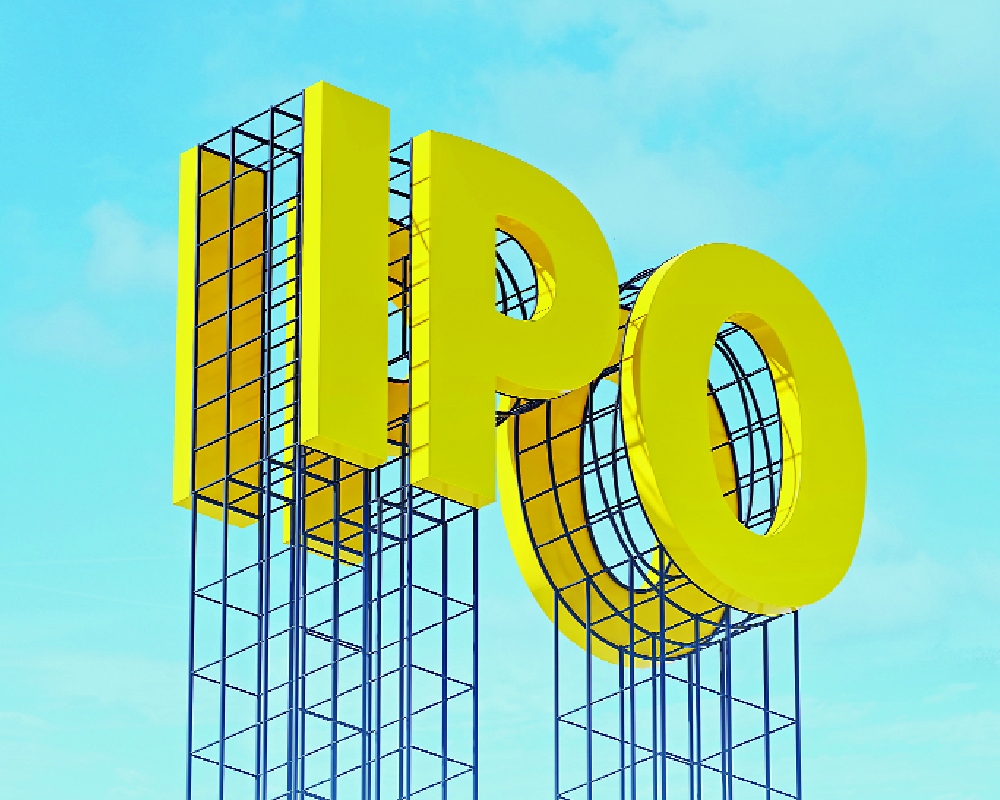Copyright dailypioneer

Wednesday, November 12, 2025 was one of those interesting days for keen and savvy stock market experts and observers. One of the most-talked-about company, Billionbrains Garage Ventures, which is parent of the investment platform, Groww, listed at 12 per cent above the issue price, and shot up by 34 per cent during the intra-day trading, before the stock closed with a just-below 29 per cent gain. Another hyped IPO (Initial Public Offering) by eyewear-smart specs firm, Lenskart Solutions, witnessed a high when its share, which listed Rs 7 below the offer price this Monday, closed at Rs 423.5, or a three-day gain of five per cent over the issue price. A third anticipated IPO of Physics Wallah, an online-offline education firm, stood at crossroads, with a subscription of 12 per cent hours before the end of the second day. It will list the coming Monday, and the grey market premium dropped significantly. While the employees’ segment was fully subscribed, and there was decent interest among retail buyers, the institutions seemed to be waiting until the third and final day to decide their preference. In the past few weeks, the three IPOs generated a lot of heat, and dust, including contradictory reactions from the regulator. First, SEBI’s head reacted on the issue of high valuations, with Lenskart’s offer price being 230 times the price-to-earnings ratio. He said that the regulator does not wish to decide valuations, which are in the market domain, and investors have the choice to buy the shares or not. Tuhin Kanta Pandey refused to go back to the old days of the Controller of Capital Issues, a government wing that decided what companies could charge, and how many shares they would offer. Days later, a senior SEBI official said that there was a need to put more “guardrails” to protect the interest of the small investors. He however denied a “regulatory gap” in valuations. Analysts got to the business of criticisms and justifications. When Groww’s debut went contrary to a “recent streak of weak listings (like Lenskart),” experts highlighted the fact that the list price was above its peers like Motilal Oswal Financial Services, and Angel One. One of them said that Groww was about “long-term structural story.” A second maintained that the list price, and first-day gains, captured the short-term growth prospects of the company. Thus, while the initial valuation was perfectly-aggressive, the list price was fair. There were the odd ones, who still questioned a post-issue valuation of more than 40 times the price-to-earnings ratio. Of course, the IPO-valuation story over the past few weeks started with Tata Capital. While the pre-issue grey market premium went over Rs 1,000, it slumped to Rs 500 or so, which went down further when the company announced an offer price of just over Rs 300. Since October 13, 2025, the stock has moved down from Rs 330 to Rs 325, which marks a case of tepid post-issue response. As mentioned earlier, this was followed by similar investors’ reactions in the cases of Lenskart, and Studd Accessories, the makers of helmets. Hence, all eyes were glued on Groww, which defied the recent trend, and Physics Wallah, which was unique in the sense that despite growing revenues, it is a loss-making entity, although the loss dipped from a negative Rs 1,200 crore to a negative Rs 260 crore. While the concerns about Physics Wallah related to “continued losses, and uncertain profitability… and execution challenges from rapid offline (education) expansion,” the worries differed across the firms. Tata Capital had merger issues to resolve, and straighten out, which may pull down its strengths. Lenskart was more about valuations, and one of the brokerage houses set a target of under Rs 340, or a discount of 15 per cent over the offer price. Despite Groww’s growth in stock price on the first day, it operates in a highly-competitive environment. The current market volatility risks future opportunities, although local investors seem gung-ho. According to a media report, valuation concerns are increasingly being raised as start-ups begin to tap the markets aggressively. Till November, more than 40 start-up IPOs have hit the market, which is five times the number in 2020 (Covid year, and a low), and double since 2023. However, the IPOs have become a route for early investors, and promoters to cash out either fully or partially, leaving the new investors to either avail of the listing gains, if they exist as in Groww, or be saddled with a discounted stock that they cannot or do not wish to sell. One of the early investors in Groww admitted that “exiting our investments was one of the prominent concerns.” In fact, as quoted in a recent website article, an expert explained that fundamentally, IPOs are not “designed with the retail investors as the primary beneficiaries.” In essence, they are profitable exit routes for early investors, who stayed with the companies for years. Even some of the promoters, who put in their sweat and blood to scale up the firms, need to partially reap the benefits. This is why the pre-IPO institutional buying is crucial. If the large institutions are willing to pay high valuations, the small investors accept this logic. Of course, institutions with their brains are unlikely to make mistakes. What one forgets in the bargain is that the institutions have the cushion to absorb the losses, can wait out for years to earn profits, and hide the losses through short-term and substantial gains from other stocks, or assets. The small investor, who possibly owns a few stocks, is rattled by short-term losses, loses her sleep over the post-IPO fiascos, and has locked the capital unless she sells at a loss. Hence, the small buyer cannot, and should not, accept the rationale of the large players. The former needs to decide if the IPO, and its pricing, fits in with her equity portfolio of different caps. Of course, small investors grapple with the FOMO factor. As they see others buying IPOs, and making huge listing, and post-issue gains, they decide to join the herd. This is the worst time to do so because that is the period when companies, excited by the IPO craze, begin to price the issues aggressively to maximise the gains. The pincer squeeze applies. Small investors make wrong choices, and pay through their noses. The regulator is unmoved as its job is to ensure fairness and transparency, and force mandatory disclosures. It is not concerned whether firms leave money on the table or not. Its worry is that there is enough information for the investors to decide whether to take money out of their wallets, and invest in IPOs.



